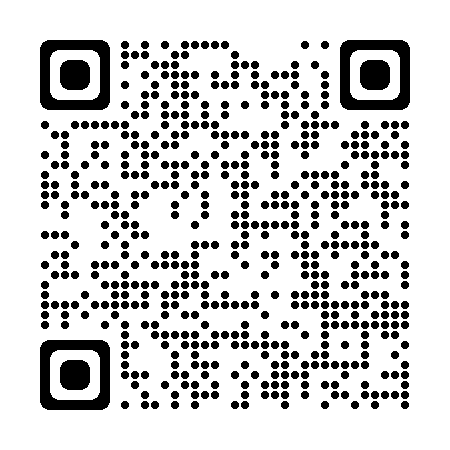Child with a high temperature (fever)
A high temperature (fever) is very common in young children. The temperature usually returns to normal within 3 to 4 days.
How should I check temperature?
Normal body temperature is around 37 degrees celsius. A fever is a raised temperature of 38 degrees Celsius or higher. It is best measured using a digital thermometer if possible.
If your child has a temperature they may:
- Feel hotter than normal when you touch their chest or back
- Feel sweaty
- Look or feel unwell
What causes a temperature?
A temperature is the body’s natural response to fighting infections. Infections caused by viruses are more common than bacterial infections. There are many causes for a raised temperature including common childhood illnesses and vaccinations.
What should I do at home?
Do:
- ensure your child drinks plenty; for example water or juice - if you are breast feeding continue to offer frequent feeds
- offer food if they are hungry; do not worry if your child will not eat
- give Paracetamol if your child is distressed. Give the Paracetamol dose according to the instructions on the bottle. Repeat the dose every 4 hours (up to a maximum of 4 doses in 24 hours) until your child returns to normal. You could also use Ibuprofen if your child is still distressed.
- check your child in the night
- keep your child off school or nursery whilst they have a high temperature
- seek medical advice if you are worried
Do not:
- do not lukewarm sponge your child
- do not over or under dress your child
- do not give paracetamol to children under 2 months old
- do not give ibuprofen to children under 3 months old or less than 5kg in weight
- do not give aspirin to children under 16 years old
Share this page

When should I seek help?
If your child has any of the following, you should call 999 or return immediately to the Emergency Department:
- becoming difficult to rouse or is floppy
- going blue round the lips
- severe breathing problems - too breathless to talk, eat or drink
- has cold hands and feet and looks mottled (spotted)
- starts having a fit or convulsion
- develops a rash that doesn’t go away when a glass is pressed onto it (a non-blanching rash)
- is under 3 months with a temperature of 38oC or higher (unless 48 hours post vaccinations with no other worrying features)
Reviewed by Dr T Shaw in October 2023, next review in October 2026.
If you need this information in an alternative format, please contact the Patient Experience and Engagement Team on 01226 434922.
Nëse ju nevojitet ky informacion në një format të ndryshëm, ju lutemi të kontaktoni ekipin e Eksperiencës së Pacientit dhe të Angazhimit në:01226 434922.
Если вам нужна эта информация в другом формате, пожалуйста, свяжитесь с отделом по работе с пациентами и взаимодействию с ними по тел: 01226 434922.
Jeśli te informacje są wymagane w innej formie, prosimy skontaktować się z Zespołem ds. doświadczenia i zaangażowania pacjenta na numer: 01226 434922.
Dacă aveți nevoie de aceste informații într-un format alternativ, vă rugăm să contactați echipa care se ocupă de experienţele şi angajamentul pacientului la nr: 01226 434922.
Ha erre az információra alternatív formátumban van szüksége, kérjük, lépjen kapcsolatba a Patient Experience and Engagement Teammel (Betegélmény és elkötelezettség csoport) a következő telefonszámon: 01226 434922.
